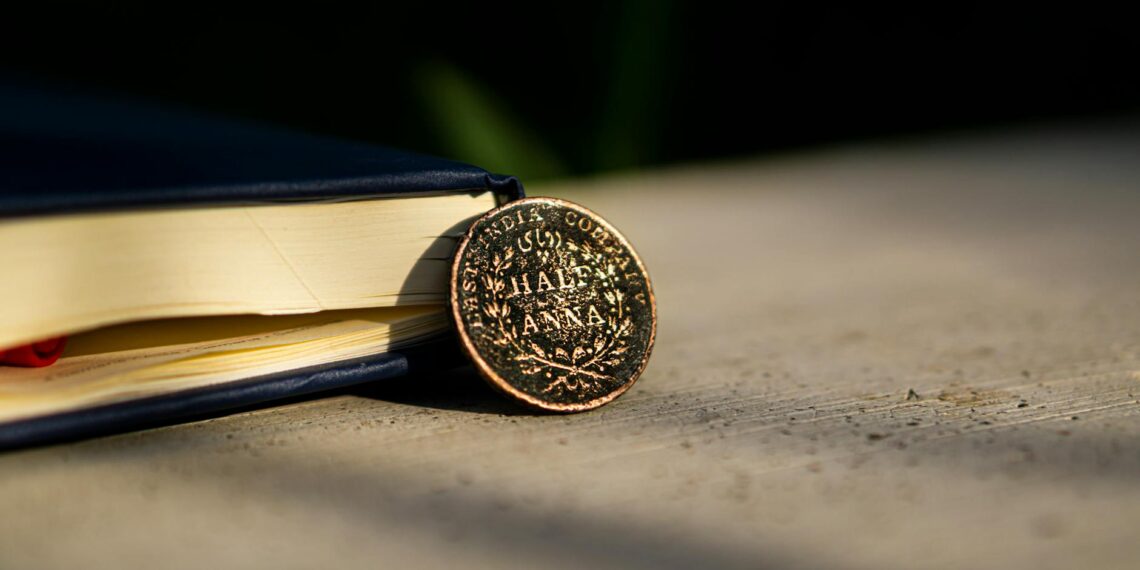A mint mark on a coin is a small letter or symbol that indicates where the coin was produced.
Here’s why they are significant:
- Identifying Origin and Accountability: Mint marks help identify the specific facility (mint) that manufactured the coin. This was initially crucial for quality control, allowing officials to trace coins back to their source if problems arose with their weight, metal content, or overall quality.
- Historical Context: Mint marks connect a coin to its history. Coins from historical mints or those that operated for limited periods, like the Dahlonega Mint (D) or the Carson City Mint (CC), hold special appeal for collectors due to their historical significance.
- Rarity and Value: The presence or absence of a mint mark, and which specific mint mark is present, can greatly affect a coin’s rarity and thus its value. Mints that produced fewer coins, for example, can result in rarer and more valuable coins for collectors.
- Counterfeiting Deterrent: Mint marks originally helped authenticate coins by guaranteeing their genuineness. However, counterfeiters have become more sophisticated at replicating these marks, so verifying authenticity through trusted grading services is crucial.
- Mint marks are typically found on the obverse (front/heads side) of the coin , though on some older coins, they can be on the reverse (back/tails side).
- Specific locations can vary depending on the coin’s design and year of production.
- For instance, on a Lincoln Cent, the mint mark is found below the date.
- A magnifying glass is often useful to locate and examine the tiny marks, especially on older or worn coins.









How do you tell if a coin has a mint mark?
A mint mark is a small letter (D and S being the most commonly encountered) somewhere on the coin. A mint mark tells you where the coin was made. Many coins also have the designer’s initials hidden somewhere in the design. This is not the mint mark.